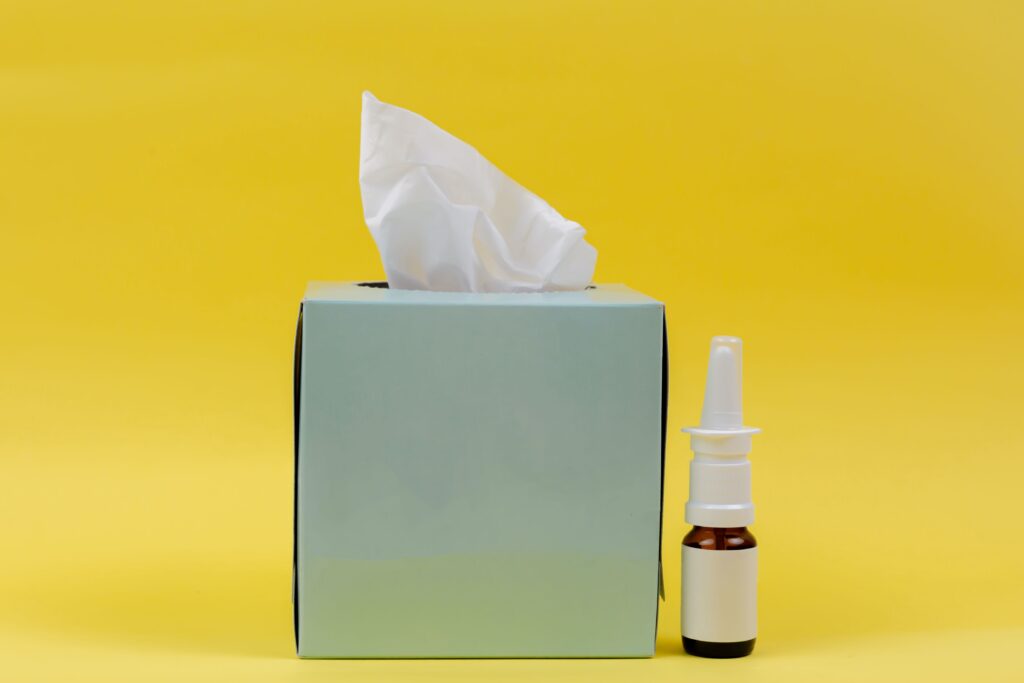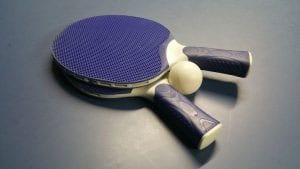Over 50 years ago, levodopa was approved to treat patients with Parkinson’s disease. To this day, levodopa, administered via pills or intravenously, remains the standard-of-care. But according to Parkinson’s News Today, administering the therapy in a new way – nasally – could offer more benefits to patients. Check out the full study findings published in Advanced Science.
Levodopa
According to DrugBank, levodopa is:
a prodrug [precursor] of dopamine that is administered to patients with Parkinson’s due to its ability to cross the blood-brain barrier. Once past the blood-brain barrier, levodopa is metabolized to dopamine and supplements the low endogenous levels of dopamine to treat symptoms of Parkinson’s.
However, levodopa may lose some effectiveness after long periods of treatment. Ultimately, as the body is continuously exposed to the treatment, metabolism is upregulated. Sometimes the body breaks down levodopa in the liver and gut before it can ever reach the brain. This causes patients to either require higher doses or require intravenous therapy. Thus, researchers wanted to understand how to maximize the drug’s efficacy without the additional burden on patients.
One option was intranasal administration. Researchers believed that administering levodopa via nasal gel could both allow levodopa to reach the brain more quickly and avoid being broken down by the liver and gut. This is because the therapy could be absorbed faster within the bloodstream.
The Research
To begin, researchers created a two-component hydrogel which begins as a liquid before becoming a gel. As the authors describe, the gel:
can undergo rapid self-healing, making it suitable for use in nasal drug delivery. The gel can be loaded with l-DOPA, our model drug in this study, without disturbing the gel structure.
Next, researchers administered the treatment to mice models. To determine whether the intranasal or intravenous administration was more efficacious, researchers compared both. They determined that:
- In both intranasal and intravenous administration, levodopa found its way into the bloodstream, nasal cavities, and brain.
- When treated intranasally, 27.55% of levodopa was found within the nasal cavity after 10 minutes, and 15.7% after 20 minutes. Alternately, when administered otherwise, only 14.6% was found after 10 minutes, and 6.44% after 20. Thus, intranasal delivery helped the brain receive 4.1x more levodopa, with 2.1x more located in the blood.
Although researchers still need to develop this treatment further and evaluate it within clinical trials, researchers believe nasal levodopa delivery could benefit Parkinson’s patients in the future.
Parkinson’s disease (PD)
In patients with Parkinson’s disease, a progressive central nervous system (CNS) disorder, the loss of movement and motor function stems from dopaminergic neuron death. Normally, dopamine-producing neurons within the brain help modulate communication between the brain and muscles. When these neurons die, this communication is interrupted. As a result, abnormal brain activity inhibits movement. Unfortunately, doctors are still not sure what causes these neurons to die. However, environmental factors and age could play a role. Most people who develop Parkinson’s disease are over 50.
Typically, Parkinson’s disease occurs in five stages. During the first two stages, tremors occur in one – then both – sides of the body. By stage three, patients often experience muscle rigidity, slowed movement, and balance loss. The final stages represent an inability to live independently. Additionally, patients may begin to experience hallucinations. Additional symptoms include:
- Muscle rigidity
- Fatigue
- Dizziness
- Tremors, including the pill-rolling tremor (back-and-forth rubbing of thumb and index finger)
- Slowed movement
- Anxiety
- Impaired posture, balance, and coordination
- Dementia and/or hallucinations
- Apathy
- Slurring or stuttering speech
- Loss of automatic movements (blinking, smiling)
- Restless sleep or other sleep disturbances







